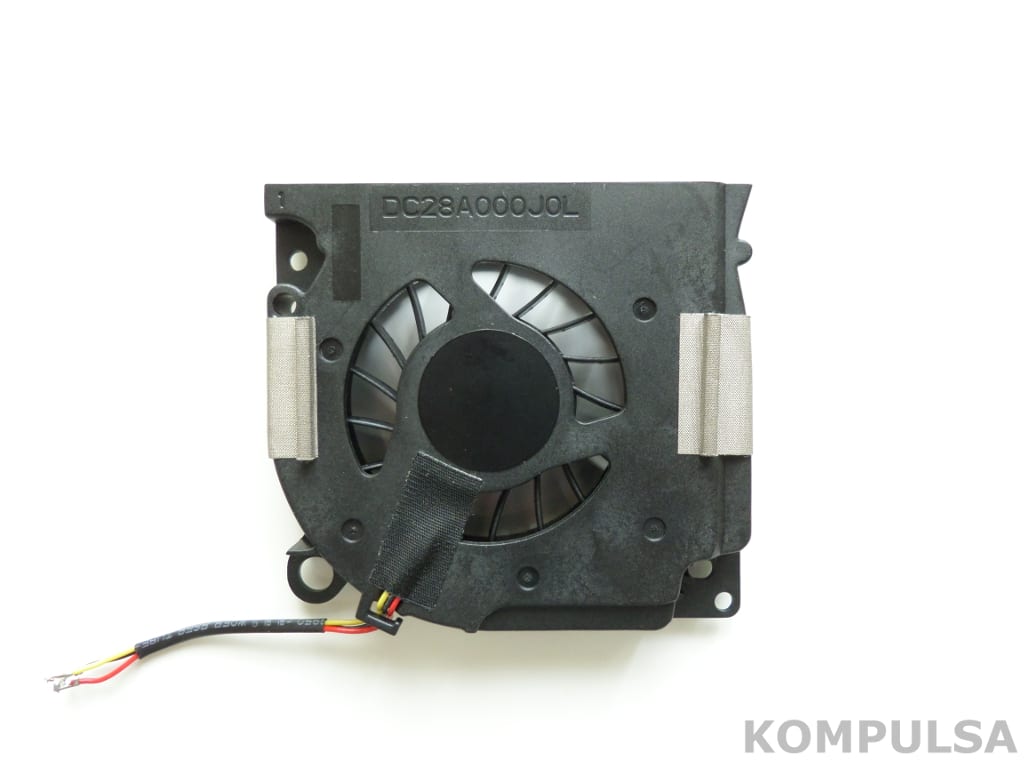MIT researchers have developed a battery-powered Cheetah robot that can run at speeds up to 16 km/h (10 mph) and jump up to 33 cm (13″). It has been under development for 5 years.
[yframe url=’https://www.youtube.com/watch?v=XMKQbqnXXhQ’]
The Cheetah robot. Video credit: MIT on YouTube.
What Benefits Do Electric Motors Offer Over Gasoline Engines For These Robots?
Robots are normally powered by combustion engines, but how does that work? Combustion engines are not reversible without shifting gears, they idle, and they are hardly controllable overall. Robots require precise control over their legs. Combustion engines don’t directly power these robots, they instead power a complex hydraulic system consisting of many valves and pumps. Unfortunately, owners of machines that rely on many valves have many repair bills to pay.
To add insult to injury, they are very noisy and inefficient. Listen to the Big Dog robot below.
[yframe url=’https://www.youtube.com/watch?v=cNZPRsrwumQ’]
Electric motors are reliable, they are capable of superb precision, and can save energy not only because they don’t idle but because their overall efficiency is 4 times higher than that of combustion engines. This means they are capable of doing exactly what you want them to do without sloppiness.
To be fair, Big Dog is a much larger robot which can carry a 340-pound load, but not all situations require such a large, noisy (and probably costly) solution. Technology developed for MIT’s Cheetah robot project may trickle into prosthetic limbs as well as alternatives to wheeled transportation.
A robot which you could ride instead of a car has great benefits and disadvantages. The use of legs instead of wheels would enable the rider to travel over rocky surfaces, up and down stairs, and most importantly: they wouldn’t need asphalt. Asphalt is costly and requires frequent maintenance. It is unlikely that the need for asphalt will be eliminated for now, but a combination of personal robots and high-speed rail transit could help that happen.
10 MPH isn’t much (although for a robot it is), however, the researchers think they may eventually attain 30 MPH.
Main Source: CBC.









